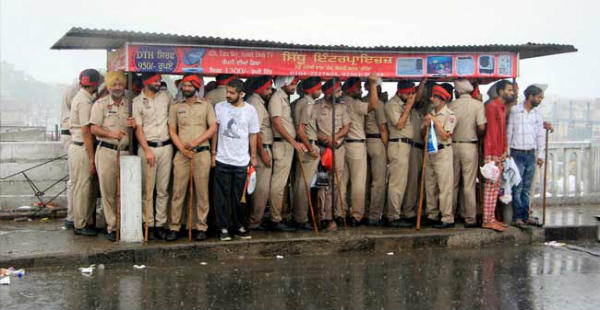
The state of Punjab has remained a consistent performer in terms of poor Monsoon rains. In fact, the last time that the state saw near normal Monsoon rainfall was in the year 2013 to the tune of -3 percent.
On the other hand, rains were at -50 percent in 2014, -31 percent in 2015, -25 percent in 2016 and -21 percent in 2017. Therefore, rains had remained between deficient and largely deficient for the state in the last five years.
However, this time, in a fortunate turn of events, the state of Punjab so far has recorded above normal rains. The onset month of June had performed well with rainfall being at 89.7 mm against the average of 44.4 mm resulting in a 102 percent surplus rains.
However, the core months of July and August were not great performers with rainfall being at 151.9 mm against 186 mm in July resulting in 19 percent rain deficiency and August seeing 103.9 mm of rains against 170.4 mm resulting in a deficiency of -39 percent.
The month of September so far has been good for the state with the rainfall being at 80 percent excess due to rains recorded at 159.2 mm against 91.1 mm. On September 15, the state was deficient by 16 percent however, due to excessively heavy rains, the surplus has reached a whopping 10 percent.
Region wise, Mazha has seen bountiful rains where Amritsar which was deficient by 47 percent reached to -15 percent (within the normal range). Tarn Taran was rain deficient by 9 percent has now come up to 54 percent.
Talking about Doaba, Jalandhar was rain deficient by 38 percent has come to -4 percent, Kapurthala from -43 percent to a good 30 percent, and Hoshiarpur from -14 percent to 12 percent.
Meanwhile, Malwa which was already quite deficient had a mixed rainfall reaction wherein the southern parts did not see much rains and the deficiency did not improve by much. Bathinda which was -42 percent on September 6 came to -33 percent, Ferozepur from -76 percent to -73 percent.
On the other hand, the northern parts saw good showers with Sangrur improving from -10 to 2 percent. While rains will reduce now, the surplus amounts will continue to persist until the end of the Monsoon season which is less than a week away.
Image Credit: wikipedia
Please Note: Any information picked from here must be attributed to skymetweather.com


